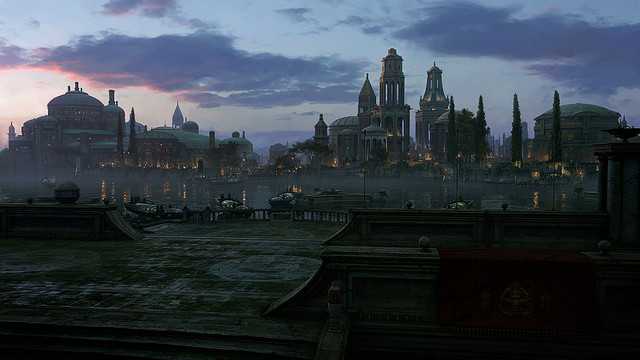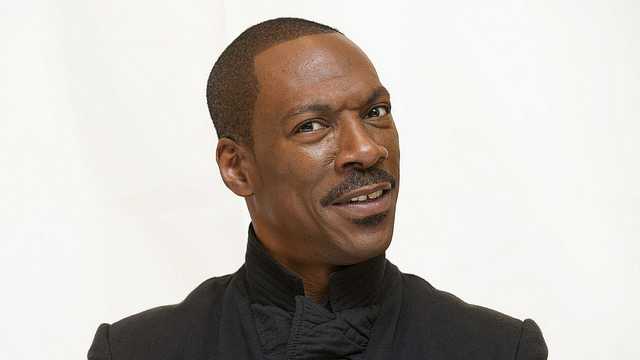
There is almost no doubt that Star Wars is one of the most influential films ever made. However, influential and good are two different things. We will say that no better fantasy, horror, and science fiction film has been made in the interim. Before we can determine if Star Wars really is a great film, we have to determine some characteristics of film greatness. So, what is it that makes a film great? One of the characteristics would be originality. A film should break new ground and should be experimental. Many film experiments fail and leave people confused.
The new ground which the film breaks has to be accepted by people so that a film leaves its mark. Therefore, being good is connected with being influential. It is clear that an exploitation film can be the first of its kind and have imitators who were not very good. The ground which film breaks has to be valuable. It should also advance the art of filmmaking. If a film breaks new ground in the art of filmmaking, makes valuable contributions, and those contributions are accepted by people and become part of the palette for other filmmakers, nothing else is required for a film to achieve greatness.
Star Wars was a ground-breaking film. The film was the first combining camera, computer technologies and new video for creating images on film. There are many effects which had been invented as well as technologies as they went along. From the first moments of the film, Star Wars was obviously a ground-breaking film. Star Wars did something that no other film had ever done – It panned the camera upward. At first, that doesn’t sound like much, but you should consider that not even 2001 had ever done it before.
Space scenes had always been done using a fixed camera, and there is a good reason for that – It was more economical not to make a background of stars big enough to pan through. Therefore, scenes in space had always been done using a static camera. When we meet characters the first two are robots with personalities. The closest we have seen before was the robot in Lost in Space, who would often lose his cool and yell “Warning! Danger!” with wild gesticulations. The impact of Star Wars continues throughout the film.
Each scene is done with originality and sense of wonder, fully unprecedented in the science fiction film. The audience was astounded. Small details which few filmmakers bother with were painstakingly added. In one scene there is the skeleton shown in the background in a desert scene. Nobody in the script mentions it, as if it’s a perfectly normal sight. To throw in unnecessary details and then purposely call the attention of viewer away so the detail can well go unnoticed is the mark of a good craftsman.
Noticeable but equally unrequired to the plot are some breathtaking planet landscapes. This also has never been used in science fiction film to that point. Pacing is another unusual touch. The audience comes in with the story which is already in progress. By reading the screen explanation rolling by, the viewer has to catch up and then is immediately tossed into the action. This requires the attention from the audience, but it is much better than boring the audience with slow introductions.
This style might not work well outside of the fantasy genre, but does very good job here. When Lucas made this film he had little expectations that it would become one of the most popular films in the history. In some way that contributed to the artistic achievement. In the later films, Lucas knew that the first film was good and could consciously repeat and effectively milk it. In every film, aliens are treated in a different manner. However, the first film is by far the most satisfying treatment.
In the first film, humans and robots (intelligent non-humans) all interact in roughly the way people of different origins interact in Chicago. In Star Wars, we are introduced to many species of INH. In The Empire Strikes Back, the only new one to be added was Yoda. For that matter, in The Empire Strikes back, Chewbacca is the only other intelligent non-human. There is also a matter of realism. In the first film there is an attack on the Death Star. In the second film the Empire crushes a rebel base.
And in the third film there is the killing of Jabba and his crew. So in which film do we see the greatest number of allies of the rebellion killed? The correct answer is in the first film. More allies were killed in the attack in the Death Star, than in all the battles in the later films. Because of all the points mentioned in this article and because so much more of director’s creativity went into the first film, the other two films just used this universe. Star Wars will remain the film most people will remember, and in the future it will still remain the best fiction film of all time.



